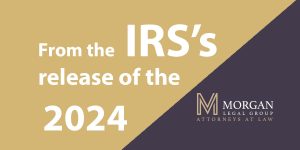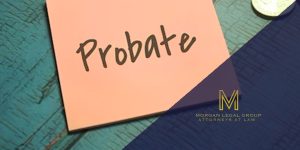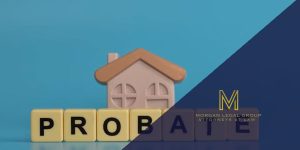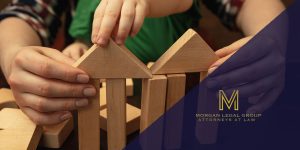Who Are the Real Culprits? Recipients vs. Providers
In the complex realm of legal disputes, pinpointing accountability often involves navigating a maze of circumstances and legal precedents. At Morgan Legal Group in New York City, our deep understanding of estate planning, probate, elder law, wills, and trusts provides us with a unique vantage point on issues of liability, especially in cases that straddle the line between recipients and providers. This article delves into the intricate dynamics of determining fault, offering insights into how New York State law addresses these challenges.
Understanding the Dynamics of Liability
Liability in legal disputes is rarely black and white. This section will explore the foundational principles of liability, focusing on the nuances that differentiate recipients from providers in the context of legal accountability.
Recipients vs. Providers: A Legal Perspective
The distinction between recipients (such as heirs, beneficiaries, or service recipients) and providers (including estate executors, trustees, healthcare providers, or legal professionals) is crucial in assessing liability. This part will examine how New York State law delineates responsibilities and duties for both groups.
Case Studies: Liability in Action
Through a series of case studies relevant to estate planning and elder law, we’ll illustrate how New York courts have addressed disputes involving recipients and providers. These real-world examples will highlight key legal principles and their application in determining culpability.
Preventive Strategies to Mitigate Liability
Preventing disputes before they arise is a cornerstone of sound legal planning. This section will provide strategies for both recipients and providers to minimize their liability risk, emphasizing the importance of clear communication, thorough documentation, and adherence to legal standards.
Navigating Disputes: Legal Remedies and Resolutions
When disputes occur, understanding the available legal remedies and resolution mechanisms is essential. This part will discuss the options for both recipients and providers in resolving conflicts, including negotiation, mediation, arbitration, and litigation, under New York law.
The Role of Legal Representation in Dispute Resolution
An experienced attorney can be invaluable in navigating disputes and minimizing liability. Here, we’ll explore how legal representation can protect the interests of both recipients and providers, guiding them through the complexities of New York’s legal system.
Conclusion: Ensuring Fair Resolution with Morgan Legal Group
Determining liability in legal disputes requires a nuanced understanding of the law, a task made more challenging when issues involve estate planning, elder law, or trusts. With Morgan Legal Group, clients gain an ally skilled in dissecting the intricacies of New York State law, ensuring that justice prevails for both recipients and providers. Whether you’re seeking to establish clear lines of responsibility, navigate a legal dispute, or protect yourself from liability, our team is here to provide expert guidance and robust legal support.
Contact Morgan Legal Group today to explore how we can assist you in understanding and managing liability issues, ensuring a fair and just resolution for all parties involved.
